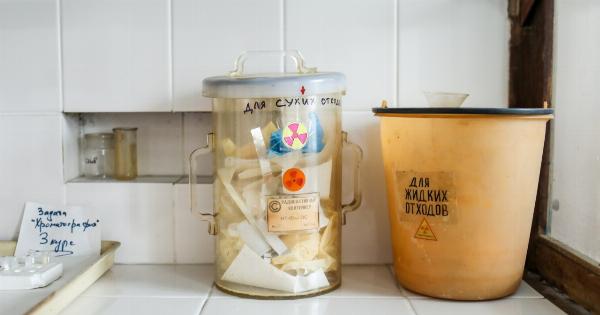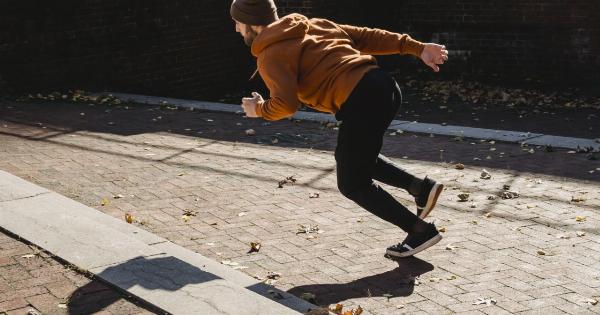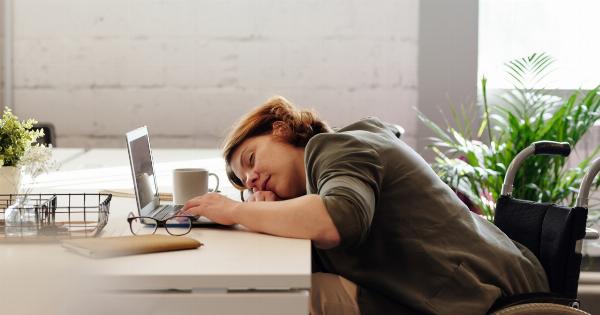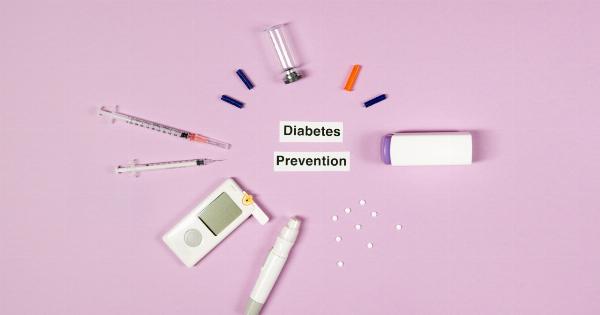Stroke is a leading cause of long-term disability worldwide, often resulting in various cognitive impairments that can significantly affect a person’s quality of life.
Cognitive rehabilitation, in combination with brain stimulation techniques, has emerged as a promising approach to help individuals recover and regain their cognitive functions after stroke.
Cognitive Impairments after Stroke
After a stroke, individuals may experience a wide range of cognitive impairments, including difficulties with attention, memory, language, executive functions, and visuospatial abilities.
These cognitive deficits can greatly impact a person’s ability to perform daily activities and participate fully in society.
Understanding Cognitive Rehabilitation
Cognitive rehabilitation is a therapeutic approach aimed at improving cognitive functions and reducing the functional limitations caused by brain injuries such as stroke.
The primary goal of cognitive rehabilitation is to enhance an individual’s ability to compensate for cognitive impairments, adapt to new strategies, and ultimately improve their quality of life.
Brain Stimulation Techniques
Brain stimulation techniques are increasingly being integrated into cognitive rehabilitation protocols after stroke. These techniques involve non-invasive procedures that modulate brain activity to facilitate cognitive recovery.
The two most commonly used brain stimulation techniques are transcranial magnetic stimulation (TMS) and transcranial direct current stimulation (tDCS).
Transcranial Magnetic Stimulation (TMS)
TMS uses electromagnetic coils placed on the scalp to generate magnetic fields that penetrate the skull and stimulate specific regions of the brain. It can be used to either stimulate or inhibit brain activity, depending on the parameters used.
TMS has shown promising results in improving attention, language, and motor functions in individuals with stroke-related cognitive impairments.
Transcranial Direct Current Stimulation (tDCS)
tDCS involves the application of weak electrical currents to the scalp to modulate neuronal excitability in targeted brain regions.
By enhancing or inhibiting cortical excitability, tDCS has the potential to improve cognitive functions such as attention, memory, and executive functions. Numerous studies have demonstrated the beneficial effects of tDCS in stroke rehabilitation.
Combining Cognitive Rehabilitation with Brain Stimulation
The combination of cognitive rehabilitation and brain stimulation techniques has shown promise in enhancing functional recovery after stroke.
The neuroplasticity of the brain allows it to reorganize and form new connections, particularly during periods of rehabilitation. Brain stimulation techniques can help facilitate this process by modulating cortical excitability and promoting neural plasticity.
Personalized Approach
One size does not fit all when it comes to cognitive rehabilitation and brain stimulation after stroke. Each individual’s cognitive profile and needs are unique, and an individualized approach is necessary to maximize the benefits of therapy.
Cognitive assessments, including neuropsychological testing, can help identify specific cognitive deficits and guide the development of personalized rehabilitation programs.
Intensive and Repetitive Training
Intensive and repetitive training is a crucial component of cognitive rehabilitation. Regular practice of cognitive exercises and tasks helps reinforce neural connections and improve cognitive functions.
Additionally, combining cognitive training with brain stimulation techniques like TMS or tDCS during rehabilitation sessions can enhance the effects of therapy.
Effectiveness and Efficacy of Cognitive Rehabilitation with Brain Stimulation
Multiple studies have demonstrated the effectiveness of cognitive rehabilitation with brain stimulation techniques in improving various cognitive functions after stroke.
Meta-analyses and systematic reviews have reported significant improvements in attention, memory, language, and executive functions in individuals who underwent these interventions.
Conclusion
Cognitive rehabilitation, in combination with brain stimulation techniques, offers a promising avenue for individuals looking to regain cognitive functions after stroke.
The personalized and intensive nature of these therapies can significantly improve an individual’s quality of life by enhancing cognitive performance and promoting functional recovery. Further research and advancements in this field hold great potential to shape the future of stroke rehabilitation.





























